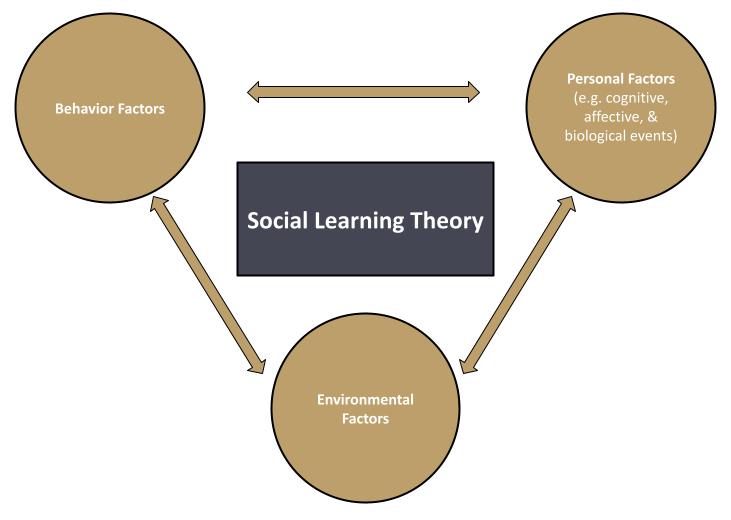Social learning theory is a psychological theory that explains how individuals learn new behaviors, attitudes, and values through observing and imitating others. According to this theory, people learn aggression through observing and imitating aggressive behaviors modeled by others, particularly those who are rewarded for their aggressive behavior.
One of the key proponents of social learning theory is psychologist Albert Bandura, who developed the concept of observational learning, or learning through observing and imitating others. Bandura believed that people learn aggressive behavior by observing others who are aggressive and receiving positive reinforcement for their aggressive behavior.
There are several ways in which social learning theory explains aggression. For example, people may observe aggressive behavior in their environment and learn to imitate it in order to achieve certain goals or outcomes. For example, a child who sees a sibling receiving attention and rewards for hitting another child may learn that aggression is an effective way to get what they want.
Another way that social learning theory explains aggression is through the concept of vicarious reinforcement, which refers to the idea that people can learn through observing the consequences of others' behavior. For example, a child who observes a classmate being praised for being aggressive towards a teacher may learn that aggression is a way to gain attention and approval.
Social learning theory also suggests that aggression can be learned through modeling, or observing and imitating the behavior of role models. Children often look up to and imitate the behavior of their parents, siblings, and other authority figures, and if they observe aggressive behavior being modeled, they may learn to imitate it themselves.
One important factor that influences the likelihood of aggression being learned through social learning is the presence of reinforcement. If a person observes someone receiving positive reinforcement for aggressive behavior, they are more likely to imitate that behavior. On the other hand, if a person observes someone being punished or rejected for aggressive behavior, they are less likely to imitate it.
Overall, social learning theory suggests that aggression is learned through observing and imitating others, particularly those who are rewarded for their aggressive behavior. Understanding this process can help us identify and intervene in situations where aggression is being learned and can help us prevent the development of aggressive behavior in individuals.







